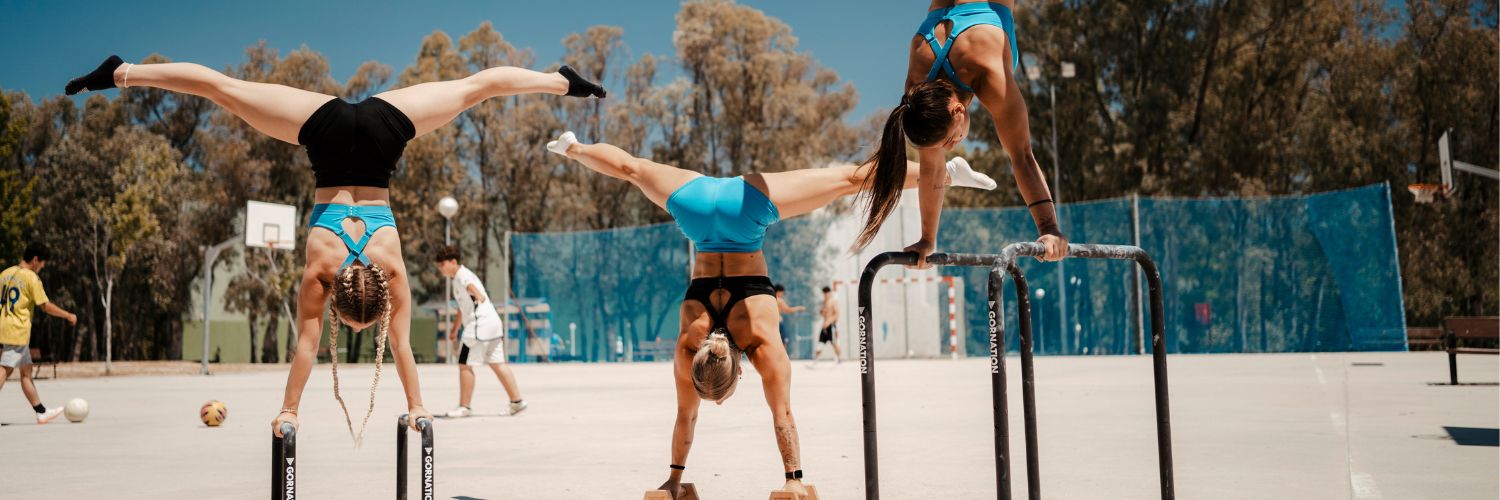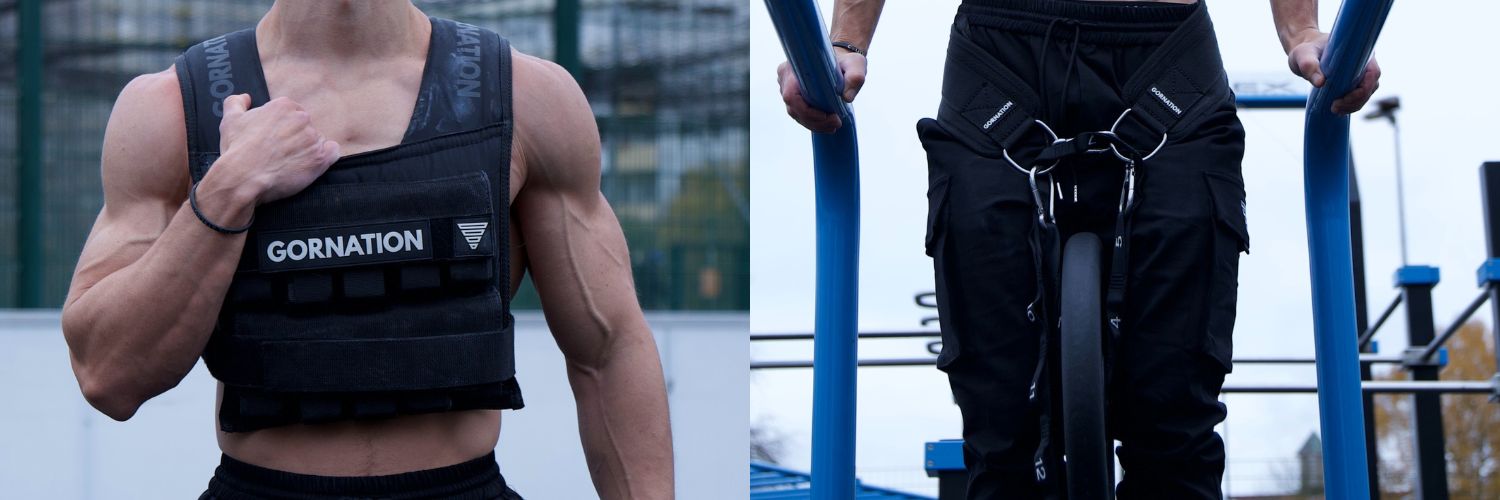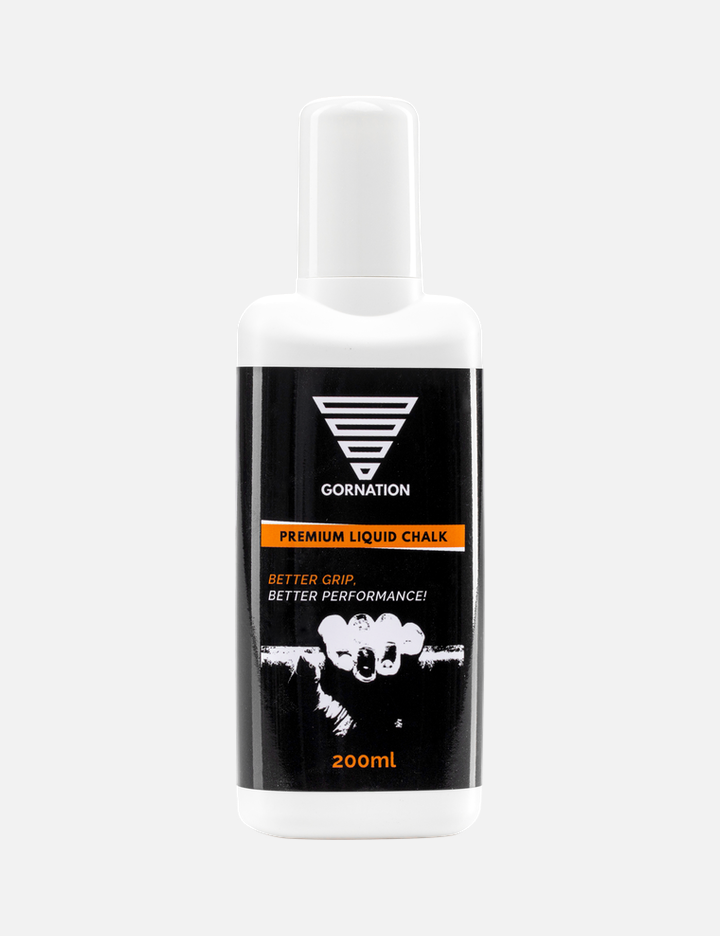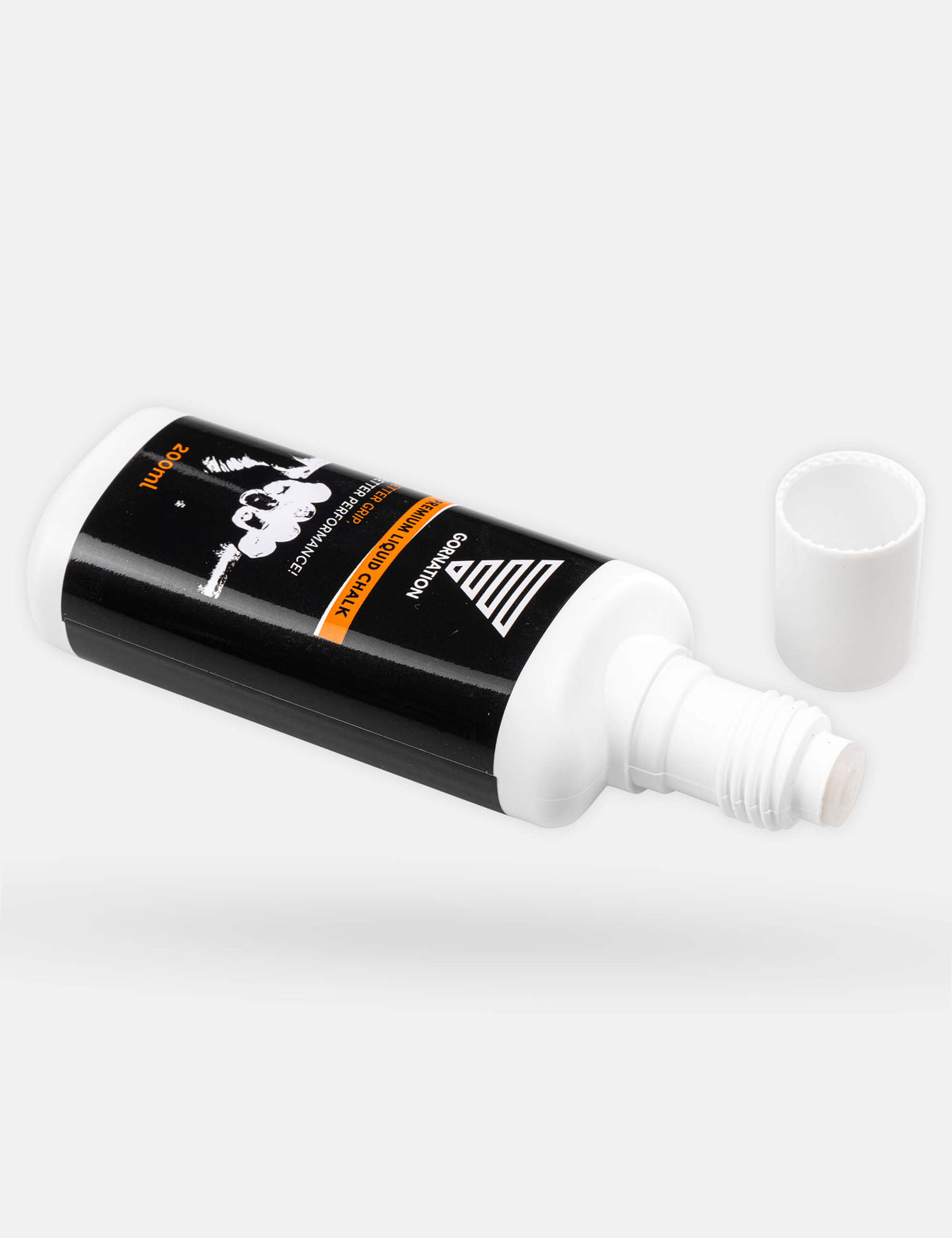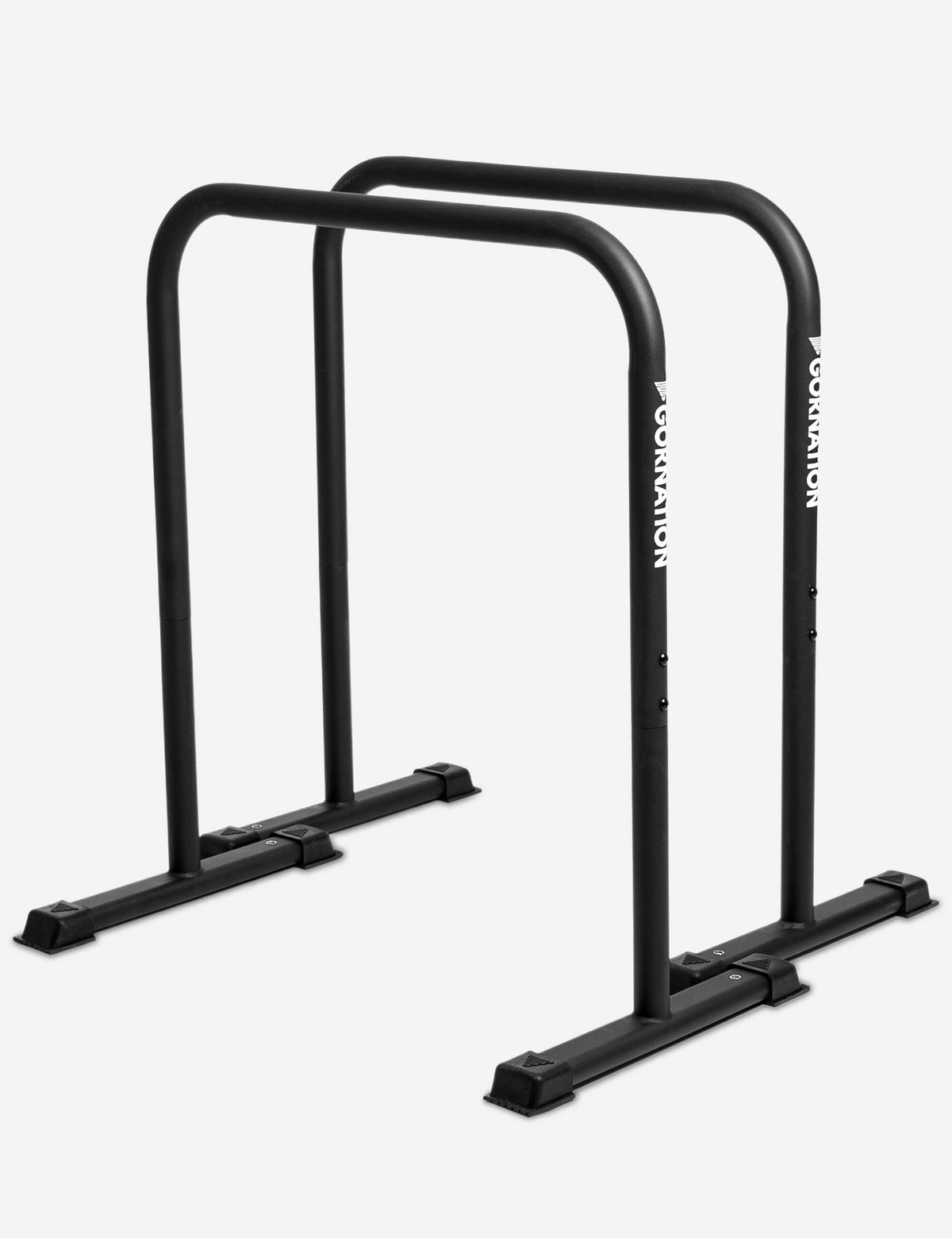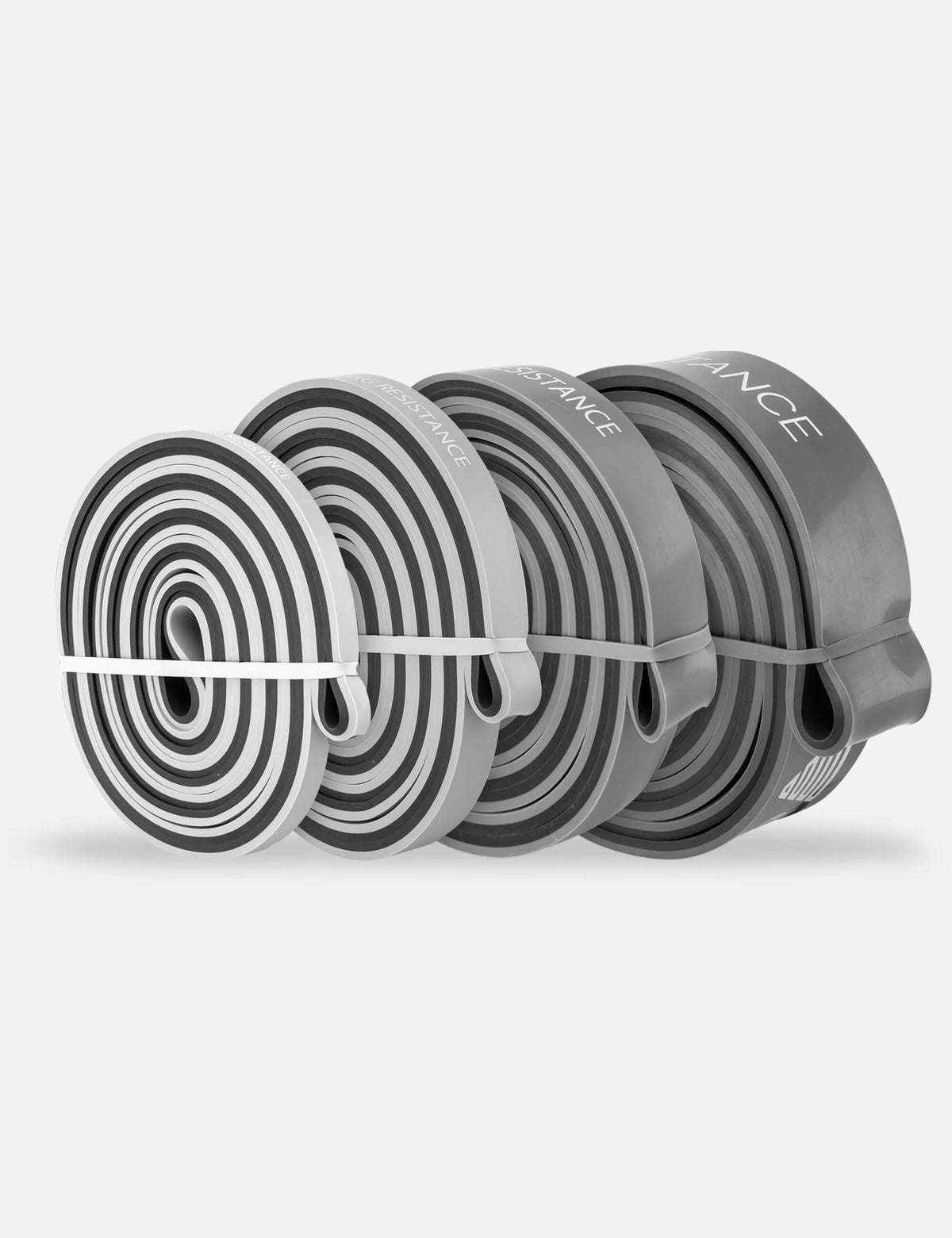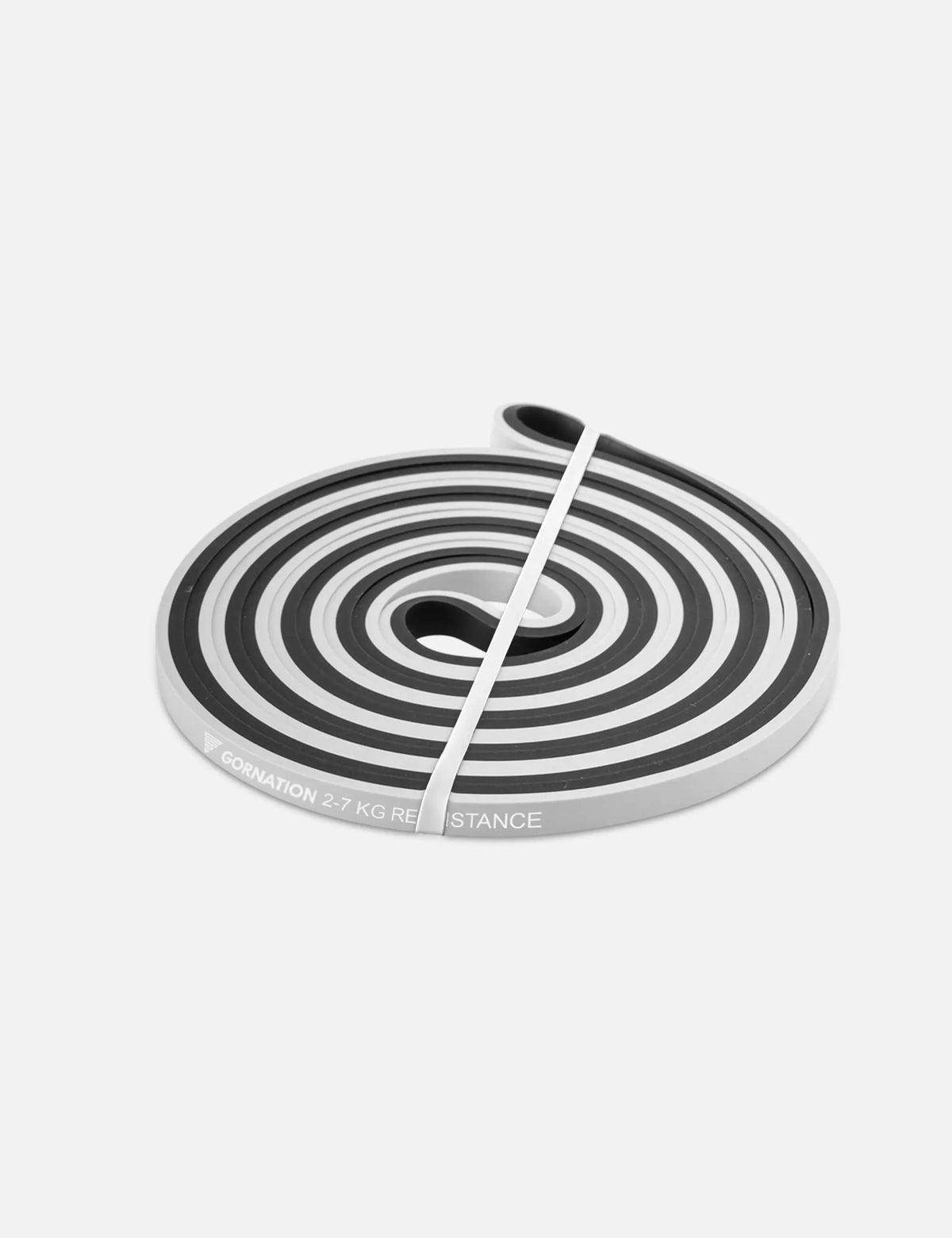Pull ups are one of the most fundamental exercises in calisthenics. They build real upper body strength, improve posture, and lay the foundation for advanced skills like the muscle up, front lever, and human flag. If you're new to calisthenics or still working on your first rep – this guide will take you from zero to hero with the right progressions, technique tips, and equipment recommendations.
Why Pull-Ups Are Essential in Calisthenics
In calisthenics, pulling strength is just as important as pushing strength. While push-ups or dips work your chest and triceps, pull-ups target your lats, biceps, rear delts, and even your core.
But beyond muscle growth, pull-ups train coordination, control, and grip strength – three key elements you need for advanced calisthenics moves. You won’t unlock a clean muscle-up or solid front lever without mastering strict pull-ups first. A pull-up isn’t just another exercise – it’s the starting point for true progress.

How to Do Your First Pull-Up – Step-by-Step Progressions
Getting your first pull up isn’t about brute strength. It’s about using the right progressions in the right order. Here’s how you can build the strength and control you need, step by step.
1. Dead Hangs & Active Hangs
Start with the basics: just hang from a bar. In a dead hang, your body is completely relaxed while your grip, shoulders, and core get used to supporting your full body weight. This builds foundational grip strength and improves shoulder stability. To take it a step further, try an active hang: engage your lats and pull your shoulders down and away from your ears without bending your elbows. This slight adjustment activates the muscles you’ll need for real pull-ups and sets the stage for everything that comes next.
👉 Tip: Use Liquid Chalk to improve your grip and reduce slipping – especially during longer hangs.
2. Scapula Pulls
From an active hang, perform small, controlled pulls using only your shoulder blades. Keep your arms straight the whole time and focus on pulling your scapulae down and together.
This
beginner-friendly movement teaches you how to properly engage your lats and builds scapular control – two essentials for mastering the pull-up. It may look like a tiny movement, but it plays a big role in developing strength and control in your upper back.
3. Resistance Band Pull-Ups
Time to feel what a real pull-up is like – with a little assistance. Loop a resistance band over your pull-up bar and place it under your feet or knees. The band supports part of your body weight, allowing you to train the full range of motion even if you're not ready to lift yourself fully just yet.
Start with a thicker band for more support, and gradually switch to thinner bands as you get stronger. This method helps you build strength progressively and safely, making your first unassisted pull-up much more achievable.

4. Negative Pull-Ups
Negatives focus on the eccentric phase of the pull-up – the lowering part. Use a box or jump to bring your chin above the bar, then lower yourself down as slowly and controlled as possible.
Aim for a descent lasting 3–5 seconds. This increases time under tension, improves control, and builds serious pulling strength where it matters most. It’s one of the most effective ways to accelerate your progress.
5. Isometric Holds at the Top
Pull yourself up (or use assistance) and hold at the top position with your chin over the bar for 5–10 seconds. This builds isometric strength, improves body awareness, and helps you get comfortable with the most challenging part of the pull-up.
🔥 Pro tip: Combine top holds with negative pull-ups for a brutal but powerful combo that boosts strength and endurance fast.

6. Full Range Pull-Ups
Once you’ve built enough strength and control, it’s time to attempt your first full rep! Aim for a clean movement:
-
Start from a dead hang
-
Pull until your chin clears the bar
-
Lower yourself under control
Even if you can only do one – that’s huge progress. Now build from there.
Proper Pull-Up Technique: What to Focus On for Maximum Gains
Mastering the pull-up isn’t just about getting stronger – it’s about dialing in your technique to get the most out of every rep. Whether you’re working toward your first clean pull-up or refining your form, focusing on proper technique is key to building real strength and preventing injury.

Engage the right muscles:
Keep your core tight throughout the movement – a strong midline helps you stay stable and reduces unwanted swinging. Avoid kipping or using momentum, especially during your training phase. Instead, pull your elbows down and back rather than flaring them out to the sides. This keeps the focus on your lats and upper back, the muscles that should be doing most of the work in a controlled pull-up.
Train the full range of motion:
That means starting from a dead hang – arms fully extended – and pulling all the way up until your chin clears the bar. Half reps might feel easier, but they won’t build the same strength or movement quality. Over time, they can actually hold you back by reinforcing poor habits.
Be aware of common mistakes:
Avoid letting your shoulders shrug up, as this can cause unnecessary tension and lead to shoulder issues. Keep those elbows from flaring out too wide, and resist the temptation to rush through your reps. Fast, sloppy pull-ups might look impressive, but slow, controlled reps are where real strength is built.
Remember: perfecting your pull-up technique isn’t about doing more – it’s about doing it right. Focus on quality, stay consistent, and the results will come.
The Ultimate Pull-Up Progression Setup – Gear That Helps You Level Up
If you're working toward your first pull-up or aiming to increase your reps, the right equipment can make a massive difference in your calisthenics journey. From grip support to added resistance, here's the gear that will help you build strength, improve form, and keep progressing safely.

A solid pull-up starts with a pull-up bar. Whether it’s wall-mounted or fits securely into your door frame, a quality pull-up bar gives you the reliable base you need for training. It’s your foundation – not just for pull-ups, but for a whole range of upper body exercises.
→ Explore Pull-Up Bars
When you’re building up to full reps or increasing volume, resistance bands are your best friend. They help you scale pull-ups, assist with warm-ups, and add variety with mobility drills. Whether you’re doing band-assisted pull-ups or shoulder activation exercises, these bands bring versatility and structure to your sessions.
→ Shop Resistance Bands
Struggling with sweaty hands? You’re not alone. Liquid Chalk improves your grip instantly and helps prevent slipping during pull-ups or other static holds. Unlike regular chalk, it dries quickly and stays on longer – especially useful for home setups or shared equipment.
→ Try Liquid Chalk
Final Tips – Stay Consistent & Trust the Process
Progress doesn’t happen overnight – and that’s perfectly okay. With consistency, smart programming, and a bit of patience, your first pull-up is absolutely within reach. The key is to trust the process and focus on quality over quantity. Clean form beats high rep numbers every time, especially when building a strong and sustainable foundation.
Filming yourself can be a game changer: it helps you spot small mistakes and track your improvements over time. Don’t forget to celebrate every little win – whether it’s holding the top position a second longer, moving to a lighter resistance band, or simply feeling stronger in your scapula pulls.
And above all: enjoy the journey. Every rep, every hang, every shaky attempt is a step forward. Your first pull-up isn’t just a goal – it’s the reward for showing up, again and again.
 | 3.700+ Reviews
| 3.700+ Reviews Free EU Shipping above 100€*
Free EU Shipping above 100€* 200.000+ Customers Worldwide
200.000+ Customers Worldwide Worldwide Tracked Shipping
Worldwide Tracked Shipping


